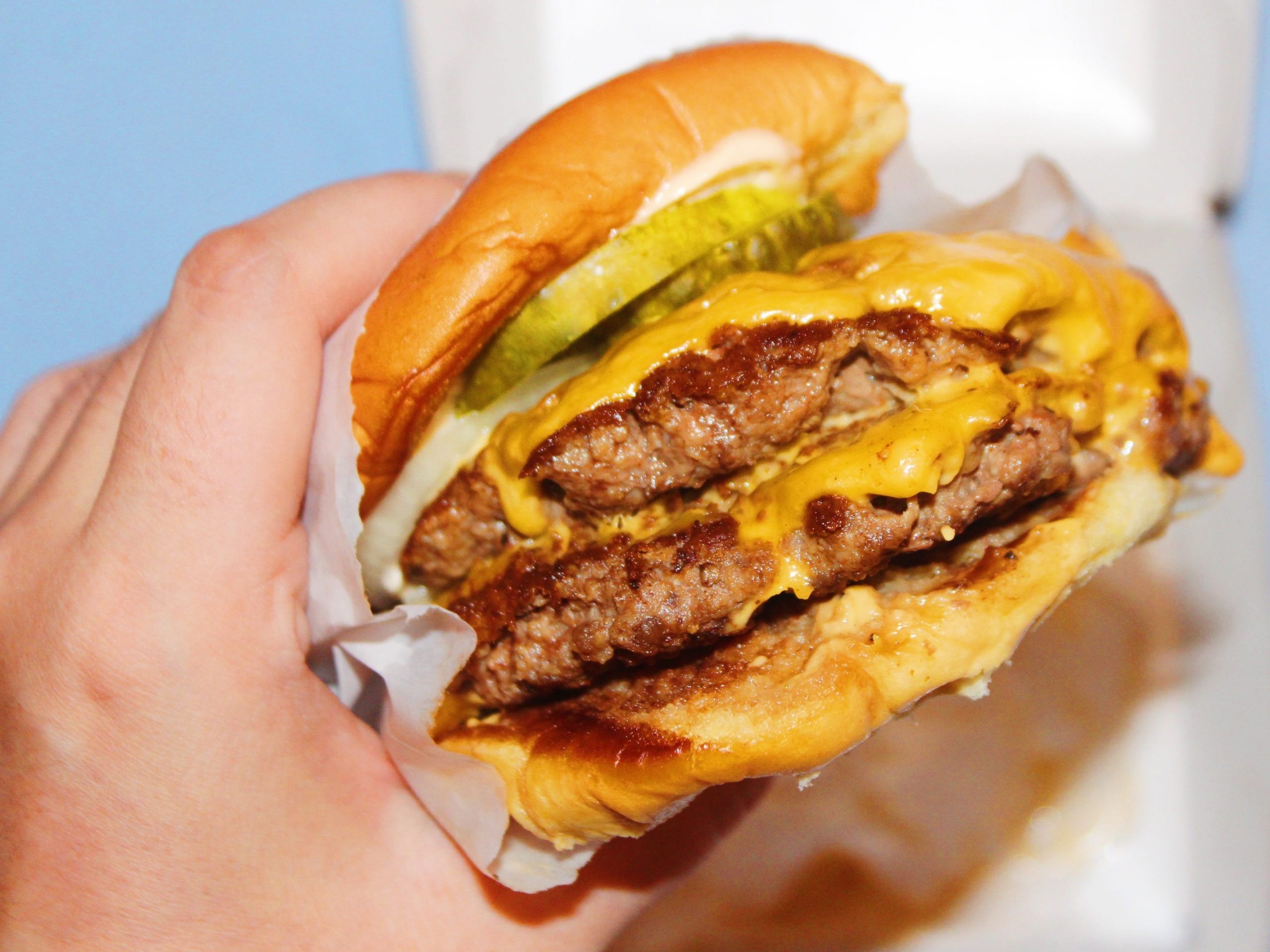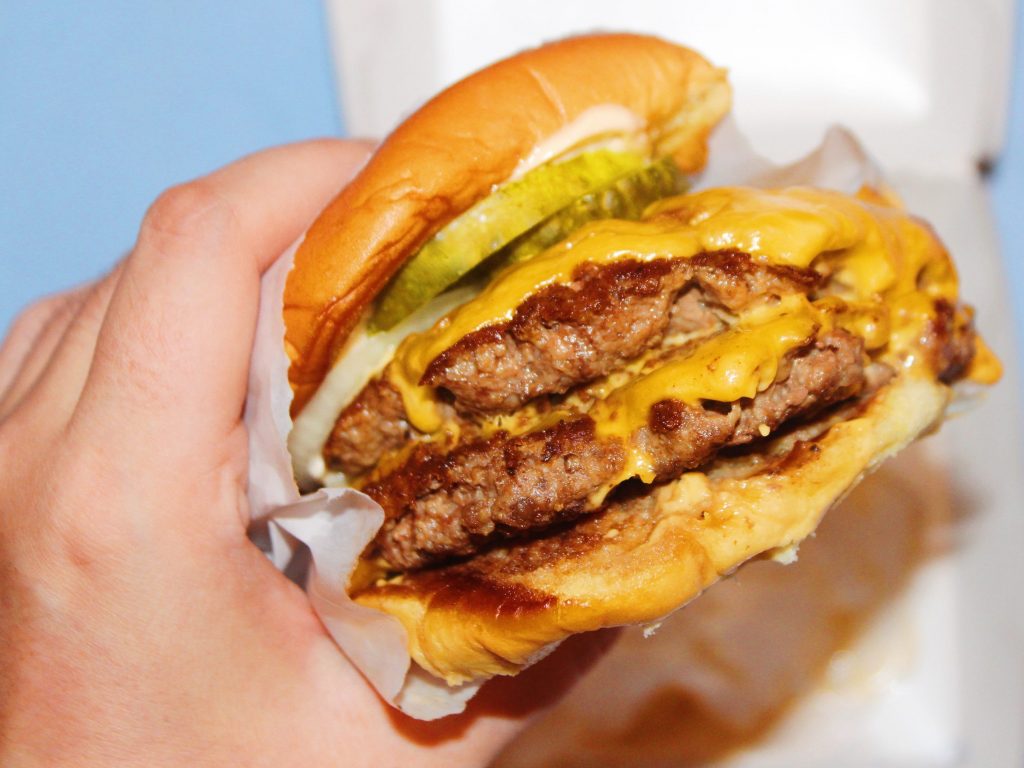
- Shake Shack said it'll hike prices by up to 3.5% in March because of wage and supply inflation.
- The burgers and shakes chain hiked prices by a similar amount in October.
- Shake Shack said it will also increase fees for customers using third-party delivery services.
Shake Shack is about to get even pricier.
The cost of its burgers, shakes, and other products will rise by as much as 3.5% in March, executives said in the company's fourth-quarter earnings call Thursday. It comes after the chain raised prices by as much as 3.5% in October.
Other restaurant chains including Wingstop, Burger King, and Starbucks have recently raised prices.
Shake Shack CEO Randy Garutti said Thursday that prices needed to rise in March to offset rising labor and supply costs. It means the company will have raised prices by as much as 7% in just six months.
"For us to be at 7% is indicative of the time we're living in," Garutti said on the call, adding that Shake Shack usually increased prices by around 2% a year.
"We believe these current price raises are necessary to protect margins," Garutti said. "We'll consider whether additional price may be necessary later this year." He said the company expected supply and wage inflation to continue impacting the chain's margins "for the foreseeable future."
Shake Shack's total expenses for 2021 rose by a third compared with 2020. They included a 37% increase in labor costs and 42% increase in food and paper costs, the company said.
Amid record quit rates in the industry, restaurants have been raising their wages to attract new staff. Average hourly wages for nonsupervisory workers rose by almost $2.50 over the course of 2021 to $16.31, per preliminary data from the Bureau for Labor Statistics.
Shake Shack was among the companies spending more on labor. Garutti said it had raised hourly starting wages by more than 13% during 2021.
But it's not just wages getting more expensive. The US is grappling with soaring inflation, stemming in part from labor shortages at processors and distributors as well as soaring demand. Shake Shack said it had spent more on ingredients, paper, and packaging, which CFO Katie Fogertey said was unlikely to end soon.
The company said that the spread of the Omicron variant was causing lower-than-average sales per hour alongside reduced operating hours and store closures due to staff sickness. Fogertey warned that this, coupled with higher costs, would likely cause Shake Shack's operating profit margin to fall in the quarter to March.
Fogertey said there was a "pretty good reception" among customers to the October price increase, but noted that raising prices again would still be a risk. She said that the company was getting "smarter" about its prices by taking a tiered approach that took into account how much guests in different markets are willing to pay.
"I think we're more, probably, on the conservative end of that if you look at us against the industry, us against at-home cost of food," Garutti said. "And I think that would tell you that we're probably in a pretty strong pricing position as we enter this next phase of things getting more expensive around us."
Garutti said that the company was also raising the premium that it charges customers using third-party delivery services, to 15% from 10%, to increase profit margins and drive customers to order instead through Shake Shack's own website and app.
Despite soaring costs, a 29% jump in sales meant Shake Shack posted an annual net loss of $10.1 million, which was less than a quarter of its 2020 loss.
